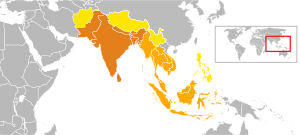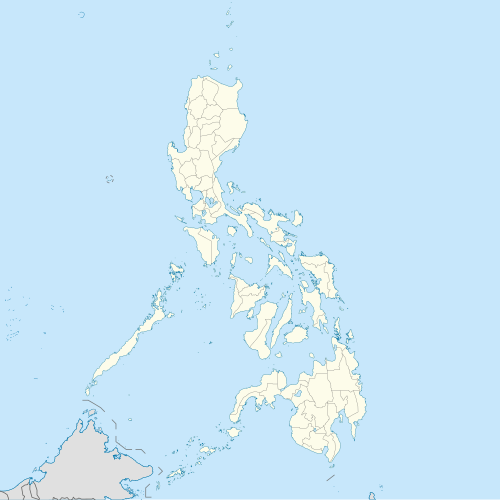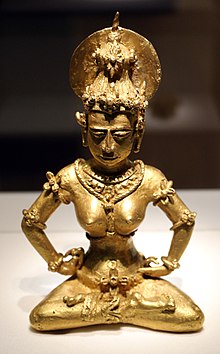 | |
India |
Philippines |
|---|---|
| Diplomatic mission | |
| Embassy of India[1] 2190 Paraiso, Makati, Metro Manila, Philippines Phone:+63 922 340 4676 Google map | Embassy of Philippines[2] 50-N Nyaya Marg, Chanakyapuri, New Delhi 110021, India Phone: +91 11 2611 0152 Google map |
| Envoy | |
| Ambassador Mr. Lalduhthlana Ralte | Ambassador Ms. Teresita C. Daza |
India and the Philippines have historic ties going back over 3000 years and there are over 150,000 people of Indian origin in Philippines.[3]
Iron Age finds in the Philippines also point to the existence of trade between Tamil Nadu in South India and the Philippine islands during the ninth and tenth centuries B.C.[4] The influence of the culture of India on the culture of the Philippines intensified from the 2nd through the late 14th centuries CE.[5]
The Indian-Filipinos are Philippine citizens of Indian descent. The NRI are Indian citizens living in Philippines.
This is an alphabetical list:









